Have you ever wondered how long your favorite cookies will stay fresh and tasty? Whether you’re a cookie lover or just curious about food storage, our blog post will provide you with helpful information on how long do cookies last. And how to store them properly.
What Is a Cookie?
A cookie is a sweet baked treat that you can typically make by mixing butter, sugar, eggs, and flour before baking them in an oven. They come in wide varieties with different toppings or fillings like chocolate chips, nuts, M&Ms, and more!
With the variety available on store shelves today, you will surely find one that satisfies your taste buds. You can enjoy homemade or store-bought cookies as-is or dipped in chocolate.
How Long Do Cookies Last?
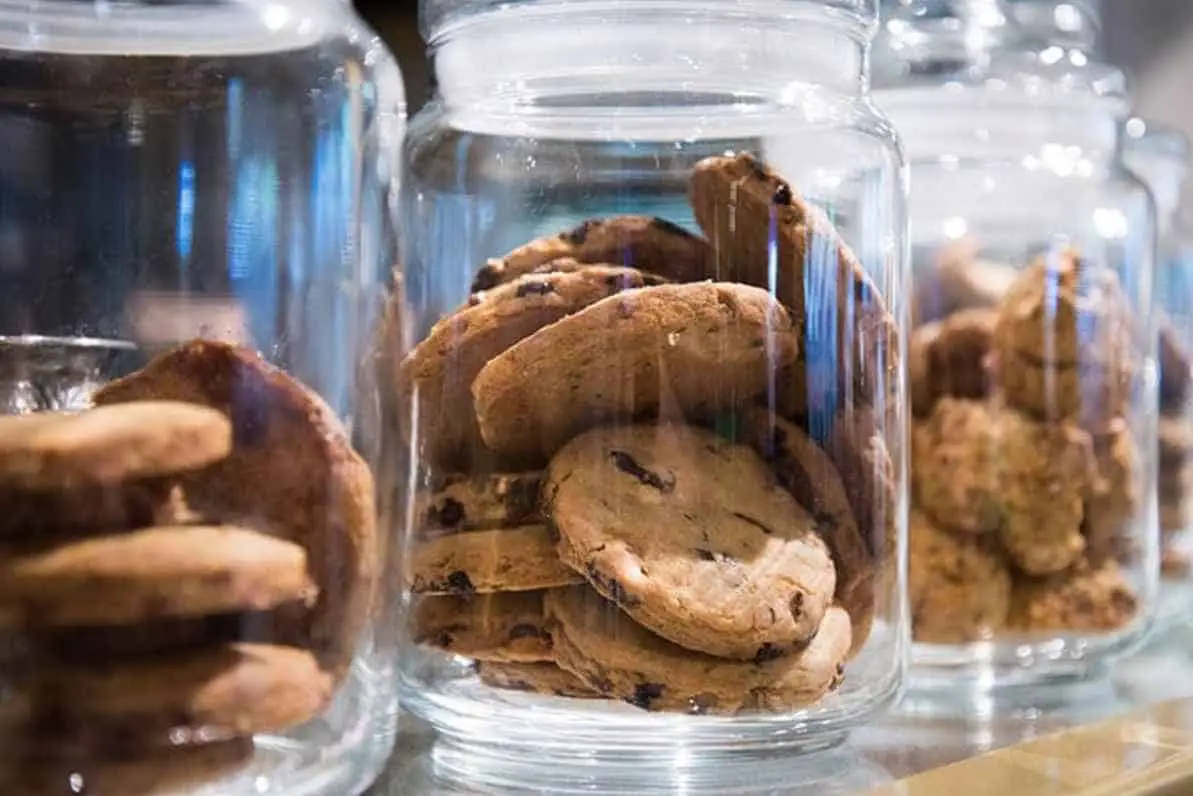
People of all ages around the world love the delectable delicacy of cookies. Nonetheless, many individuals are curious about how long they may store their preferred cookies before they go bad. The type of cookie, how it is stored, and its ingredients can all affect how long cookies last.
When stored in an airtight container, you can often keep most cookies at room temperature for up to two weeks. Soft cookies, for example, have a lower shelf life of 3-5 days due to their high moisture content. Crisp cookies, like biscotti and gingersnaps, however, can last up to a month.
Also, it’s important to remember that baked cookies without preservatives have a shorter shelf life than cookies from the shop. Consider freezing them for up to six months to prolong their life.
Maintaining the quality and freshness of cookies depends heavily on proper storage. Keep cookies out of heat and humidity and in an airtight container to guarantee they stay longer.
To give you a better idea, see below the list of homemade cookies and their storage time. Note that these storing times are for when you seal these cookies in an airtight jar and store them at room temperature only.
These are the approximate storing times that they will stay at their best texture and taste. Keeping them longer will result in a drier and crunchier texture.
| Cookies | Approximate Storing Time |
| Amaretti | 7-10 days |
| Sugar Cookies | 1-2 weeks |
| Biscotti | 2-4 weeks |
| Brandy Snaps | 1 week |
| Chocolate Chip Cookies | 1 week |
| Oatmeal Raisin Cookies | 2 weeks |
| Gingerbread Cookies | 2-4 weeks |
If you store these cookies in the refrigerator, they may stay fresh for up to six months, depending on what kind it is; however, certain textures, such as crunchiness, can change, which could affect the taste as well, so refrigeration is not always ideal.
Reasons to Store and Track the Shelf Life of Cookies

You are probably aware that storing cookies is great, but do you know why you should do it and why you should track their shelf life? Well, there are many reasons, and we will help you understand them.
- Storing and tracking help ensure food safety – with an accurate record of how long the cookies are in storage, you can be sure you are not eating expired cookies, which may contain bacteria or spoiled ingredients.
- Tracking the shelf life also helps predict demand and stock inventory levels when selling cookies. It ensures sufficient supply to meet your customer’s needs without excessive surplus that expires before you sell all of them. Additionally, you can optimize promotional activities related to cookie sales by keeping track of expiration dates.
- Finally, having information about the expiry date of the cookies gives you insights into overall profitability; knowing exactly how long cookies last allows you to plan ahead.
Factors That Affect the Shelf Life of Homemade Cookies
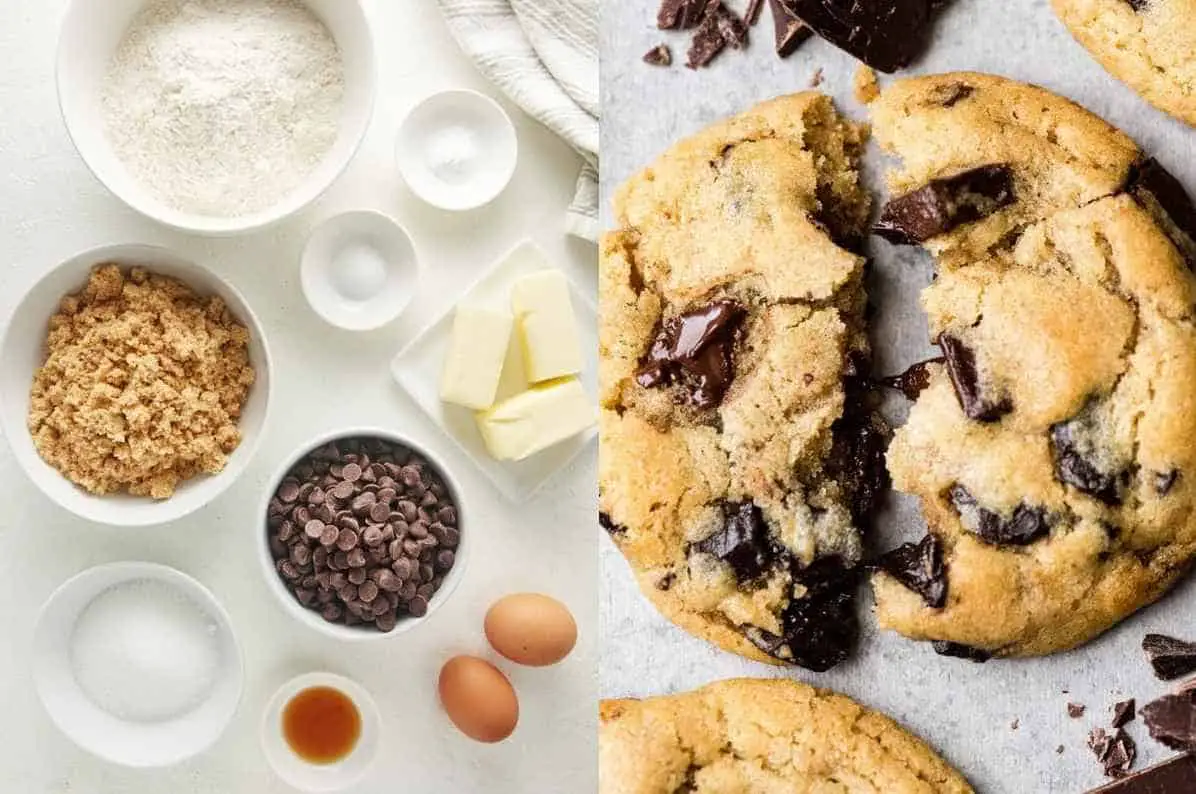
Cookies are a delicious treat that you can appreciate all year round. However, you can’t store a cookie indefinitely, but there are ways to extend its shelf life. But first, we’ll teach you some factors that affect the shelf life of homemade cookies, so you know how to enjoy these treats longer.
- Ingredients Used in Recipes: The shelf life of cookies is typically shorter when they contain moist ingredients like butter or egg than when they contain drier components like sugar or flour. Cookies with a combination of fats have a softer texture and a longer shelf life because you can reduce fat oxidation.
- Type/Texture of Cookies: When coming up with a recipe, you must consider the kind and consistency of the ingredients you need to use, as dough combinations that are too soft have a greater propensity to go bad faster than crunchy cookies.
- Artificial Preservatives: Make cookies according to a recipe that asks for artificial preservatives. The finished products will be able to be stored for a noticeably longer period than they would be for cookies that did not contain any extra preservatives.
Signs That Cookies Have Gone Bad
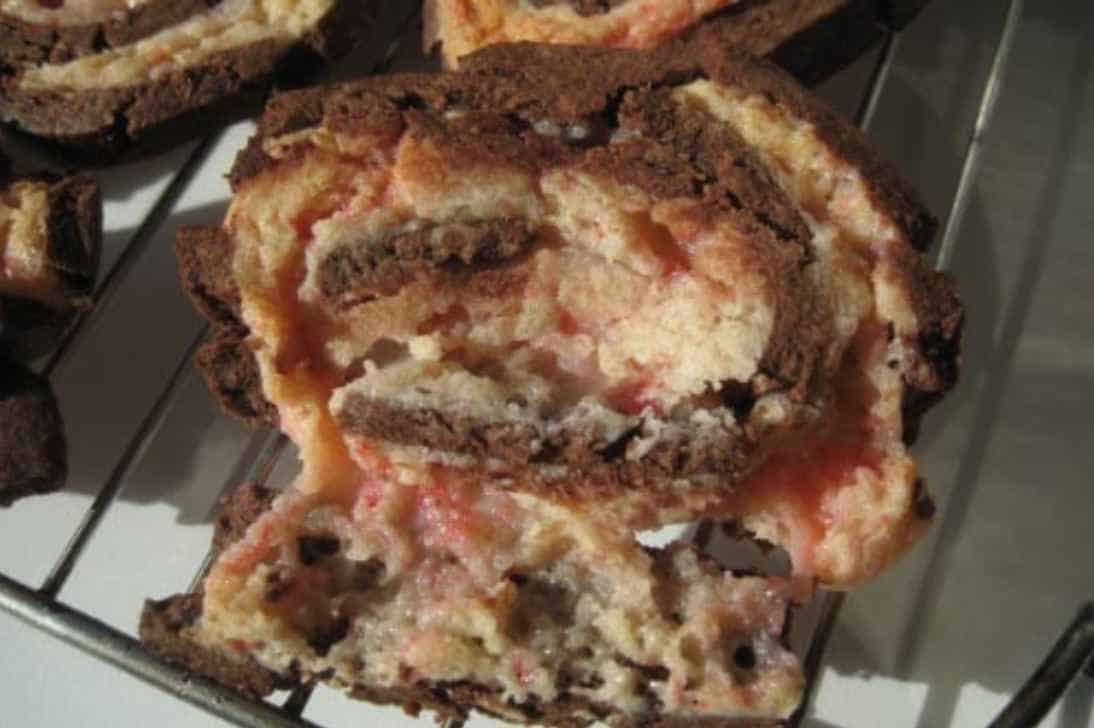
Cookies are a delightful treat many people enjoy, but how can you tell if they’ve gone bad? Identifying signs that cookies have spoiled is important to keep your snacks safe and ensure nothing gets wasted. Here are some of the key indicators that it might be time to toss those treats away:
- Changes in Texture: If you notice that the cookies don’t look or feel quite right after baking – perhaps much harder than usual – then this could signal changes due to spoilage. Over time moisture will evaporate from them and shift their texture, making them dryer and more brittle and crumbly.
- Off Smell: It should also come as no surprise that when food has gone off, its aroma usually doesn’t smell too pleasant either! A rancid odor from the cookies would signify excessive age or poor storage conditions leading to spoiling.
- Mold Growth: Spotting any mold on your precious treats is an obvious sign for getting rid of them immediately; not only does molded food raise health concerns, but mold not only raises health concerns, it also negatively affects the taste.
- Stale Taste: Eating something stale is far from appetizing! Long exposure at room temperature leads to characteristic staling, which forms insoluble starches causing cold fried foods to become rubbery. At the same time, baked goods lose crispness, becoming flabby and dense and lacking flavor intensity.
Way to Maximize Shelf Life
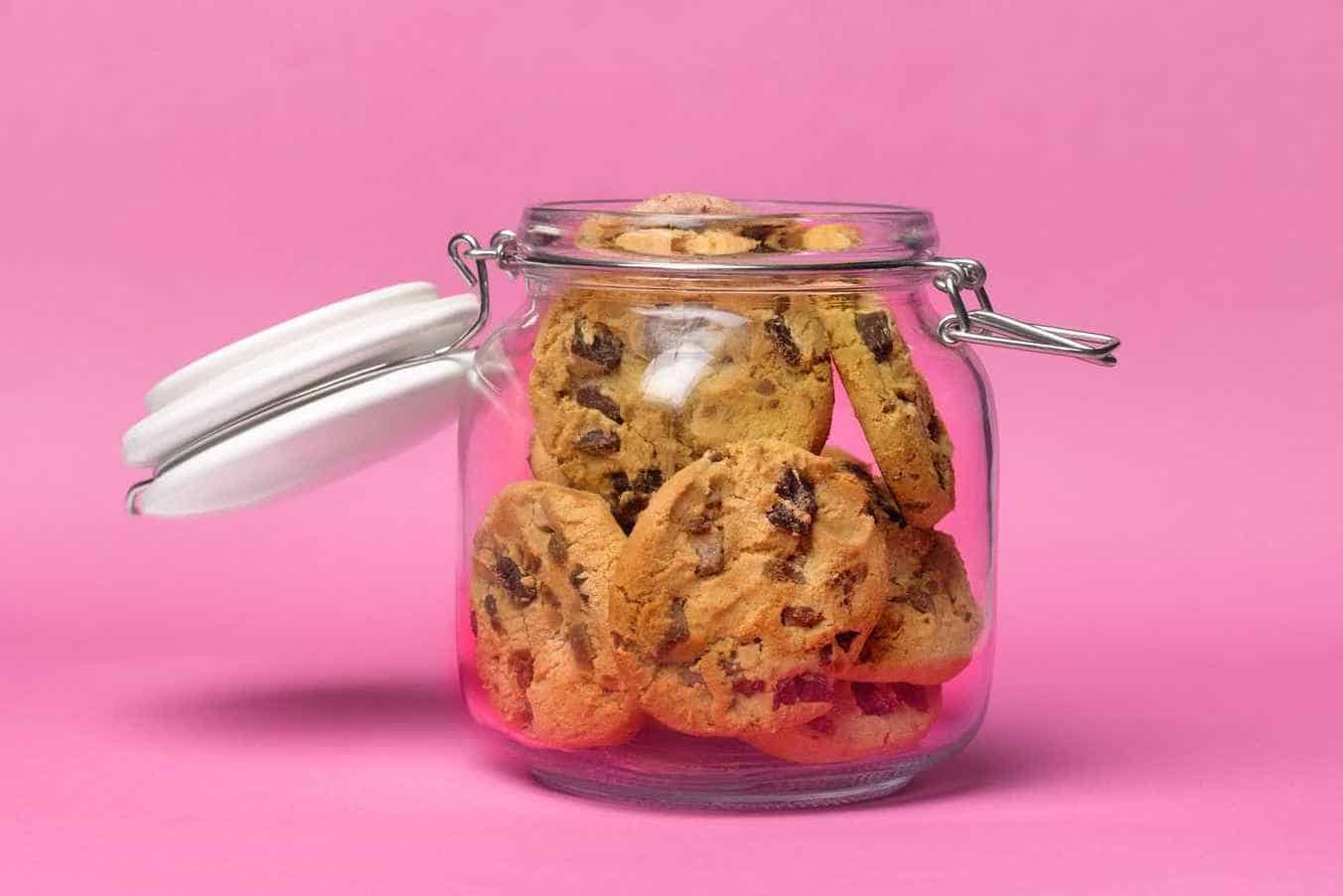
Cookies are a delicious treat but can quickly lose their freshness if not stored properly. Here are some tips to help you maximize the shelf life of your cookies:
- Store cookies in an airtight container: Place cookies in an airtight container as soon as possible after they’ve cooled down to room temperature. It will help to prevent moisture from getting into the cookies, which can cause them to become stale.
- Use airtight freezer bags: If you plan on storing your cookies for longer than a few days, consider using airtight freezer bags. It will help to keep the cookies fresh for up to three months.
- Store cookies separately: When storing cookies, it’s best to store them separately by type or flavor. It will help to prevent flavors from mixing and causing your cookies to taste strange.
- Keep cookies away from heat and light: Heat and light can cause cookies to become stale or even spoil. Store your cookies in a cool, dry place away from direct sunlight, such as in a pantry or cupboard.
- Freeze cookie dough: If you don’t plan on baking all of your cookie dough at once, consider freezing the dough. Roll the dough into balls, place them on a baking sheet, and freeze them. Once frozen, transfer the dough balls to an airtight container or freezer bag. It will allow you to bake fresh cookies whenever you’re ready without wasting any dough.
Storing at Room Temperature vs. Freezing

Room temperature is ideal for keeping cookies fresh and moist. Storing them at room temperature helps retain their buttery flavor. It prevents the cookie from drying out or becoming brittle due to too low of a humidity level in the environment.
On the other hand, freezing cookies requires wrapping them tightly with plastic wrap before placing them into an airtight freezer container.
It allows you to store specific batches for up to 6 months without compromising texture or quality if appropriately defrosted before use. Although frozen cookies are more sensitive to moisture loss than those stored at room temperature, they are less prone to spoilage when refrigerated over longer periods.
Types of Containers Used for Storing Cookies
When storing cookies, you can use different kinds of containers. Here is a step-by-step breakdown of some popular options:
- Plastic food containers with snap lids – These versatile containers come in multiple sizes and help to store cookies easily without worrying about air tightness or excessive crumbs.
- Metal cookie tins – Highly durable and decorative, metal tins provide an excellent way to store fresh cookies while showing off your baking prowess at the same time!
- Reusable plastic bags with zip ties – If you’re short on space, this option allows you to stack multiple cookie packs into one area that takes up minimal countertop room but still seals out moisture effectively.
- Glass jars/jars/mason jars – Everything looks better in glass jars! Mason jars are great if you want your cookies to be visible plus, they keep their contents safe from any moisture damage, making them ideal for long-term storage.
How to Safely Consume Leftover Cookies
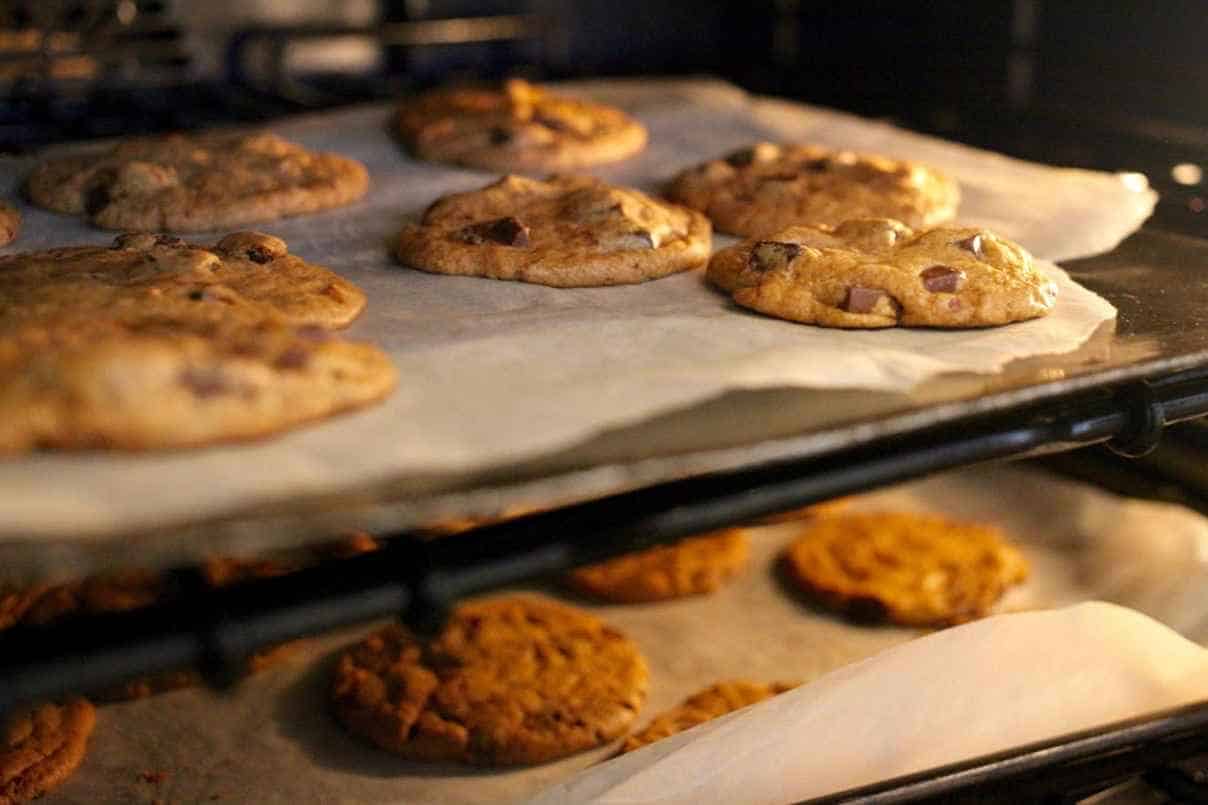
Leftover cookies can be a delicious treat, but consuming them safely is essential to avoid the risk of foodborne illness. Here are some tips for safely enjoying leftover cookies:
- Store the cookies properly: Store leftover cookies in an airtight container at room temperature for up to two days. If you need to store them for longer, consider putting them in the fridge for up to a week or freezing them for up to three months.
- Reheat if necessary: If your cookies have gone stale or lost their crispiness, you can reheat them in the oven for a few minutes to make them crispy again. However, avoid reheating cookies with icing or frosting, as this can melt and become runny.
- Check for signs of spoilage: Before consuming leftover cookies, check for signs of spoilage, such as mold, odd smells, or a slimy texture. If you notice any of these signs, throwing the cookies away is best.
Creative Ways to Repurpose Stale Cookies
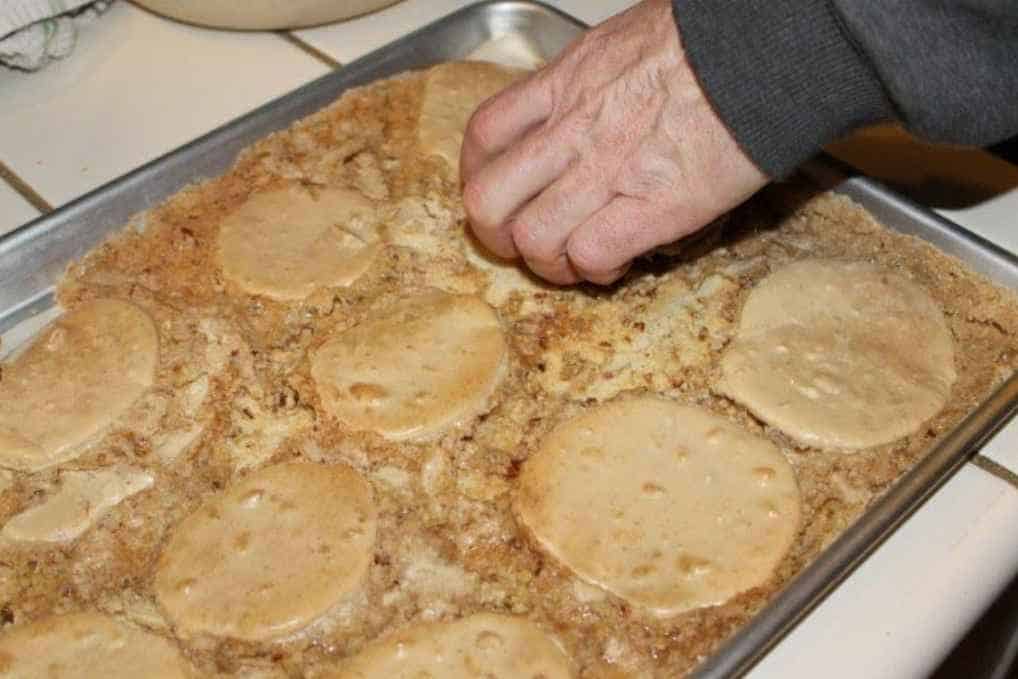
Stale cookies may not be as delicious on their own, but you can still repurpose them into tasty treats. Here are some creative ways to repurpose stale cookies:
- Create a cookie crumble bar: Mix crumbled stale cookies with melted butter and sugar to make a cookie crumble bar. Press the mixture into a baking pan and bake until golden brown. You can enjoy this alone or use it as a topping for desserts.
- Make a trifle: Layer stale cookies with whipped cream, pudding, and fresh fruit to create a delicious trifle. The cookies will absorb the moisture from the other ingredients, making them soft and flavorful.
- Create a cookie and cream shake: Blend stale cookies with ice cream and milk to create a cookie and cream shake. It is a delicious way to use up leftover cookies and make a decadent treat.
- Use as a base for ice cream sandwiches: Stale cookies can be used for ice cream sandwiches. Simply place a scoop of ice cream between two cookies and freeze until solid.
Conclusion
Cookies are indeed delectable treats that everyone loves and would like to have from time to time. And asking, “how long do cookies last?” can help you learn to maximize the shelf life of these wonderful treats so you can always have some in stock.
